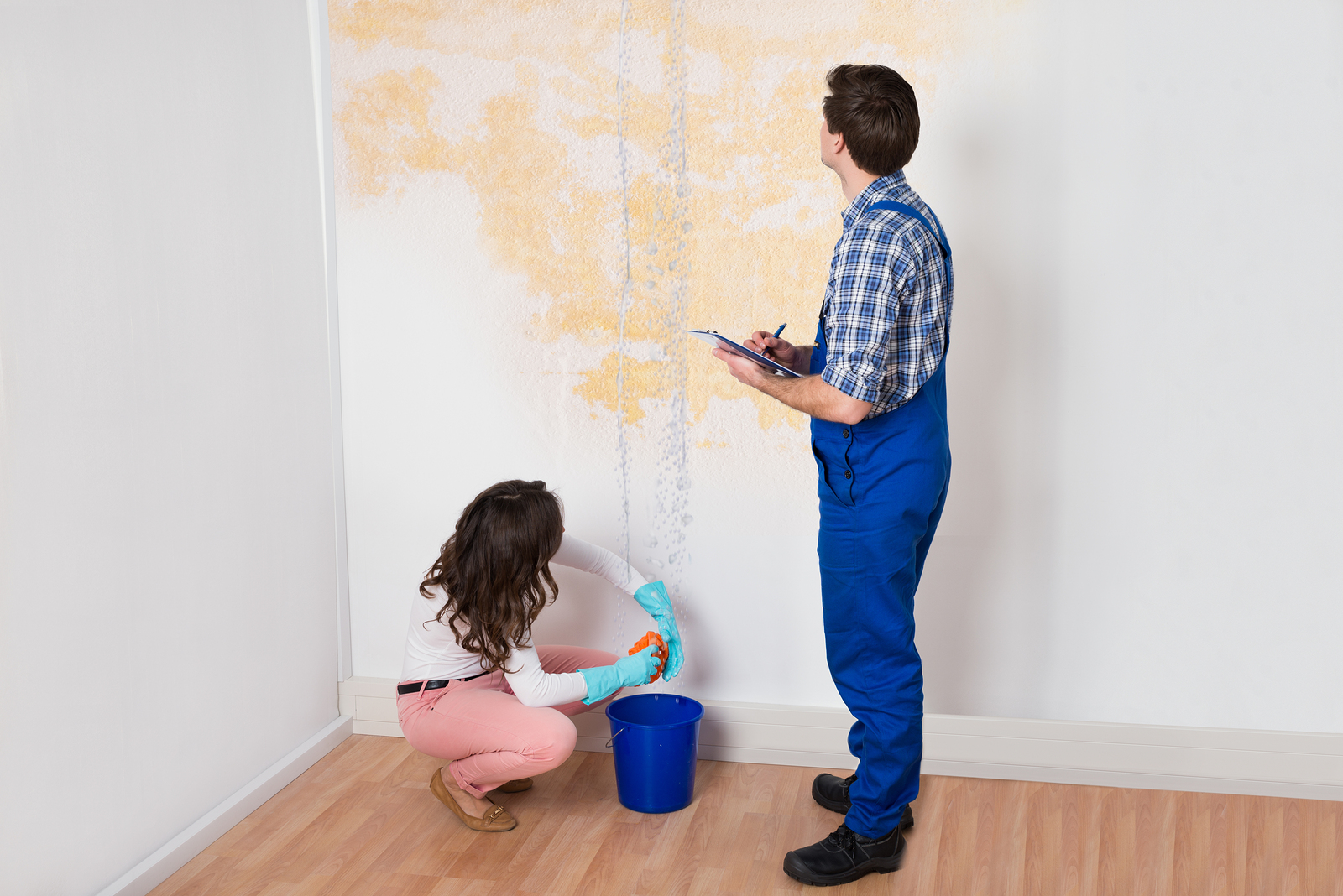Have you ever experienced water leakage in your home? You may think that a water leak or a busted pipe would be easy to detect. However, the truth is that sometimes, the signs of water damage are hidden behind your walls under your floorboard, or on the exterior of your house. Whether the leakage happened an hour ago or a month ago, there are a number of ways to remedy the problem with water damage repair and restoration.
What to Look For During a Leakage?
Water damage in Brooklyn can take different colors, textures and even smells, depending on the type of location of the damage. For example, if the ceiling water is damaged then it will be easier to spot than the water damage done in a basement. That is because you will see stains and discoloration on the ceiling but may not know that a musty odor can be a sign that there is a problem on the lower level of your home.
You should learn these telltale signs to identify an existing problem and be prepared to spot it in the future.
Water Accumulation
One of the obvious signs that you have got water damage on your hands is the areas of standing or pooling water. These leaks may be the result of old or manufacturing appliances including washers, water heaters, and toilets. If the water is on the outside of your home, a puddle could also occur from a leaking roof.
Discoloration
If your ceiling is water damaged, look for water spots and stains. The area may appear wet or dry and can appear yellow, brown, or copper color. Walls may also appear bubbling, cracking or peeling paint or wallpaper in addition to staining.
Change in Texture
Sometimes, flooring can also show discoloration as ceilings and walls do. The main sign of water damage in floors is usually detected by a change in texture. Some of the texture variations include:
Warping
This is usually caused by a change in humidity and temperature, resulting in gaps between floorboards or curling at the edges.
Buckling
Buckling occurs in wood floors when one side of the wood becomes detached from the substrate or faces upward.
Sinking
Sometimes you may notice soft spots in hardwood floors due to rotten wood. This wood will literally feel spongy compared to normal wood. Water can drip into the subflooring of all types of flooring material which causes sagging.
Expansion
As the name suggests, wood and laminates will start to expand when they absorb too much water because the material swells and then separates.
Odor
Odors caused by the mold could be a sign of a water damage repair problem. The smell will start to come from basements, walls, or other areas where water has been accumulation for a while. Some drywall materials tend to act like a sponge and become full of moisture because there is low air circulation. This is a perfect condition for mold to develop which will eventually result in visual discoloration and a detectable odor.
Common Places or Causes
Water damage in New York can occur in any part of your home, while there are some areas that are at high-risk than others.
Ceilings
Ceiling water damage can come from a number of sources. If your room is on the top story of the home then it could come from a leaky roof that is caused by rain or melting snow. Although, if there is a bathroom above the ceiling with wall damage, it could be from a burst pipe or cracks in the floorboards.
Walls
Water stains on walls are one of the easiest ways to spot water damage. If something like happens, make sure you check around door and window frames. A usual stain could be a sign of a leaky pipe inside the wall.
